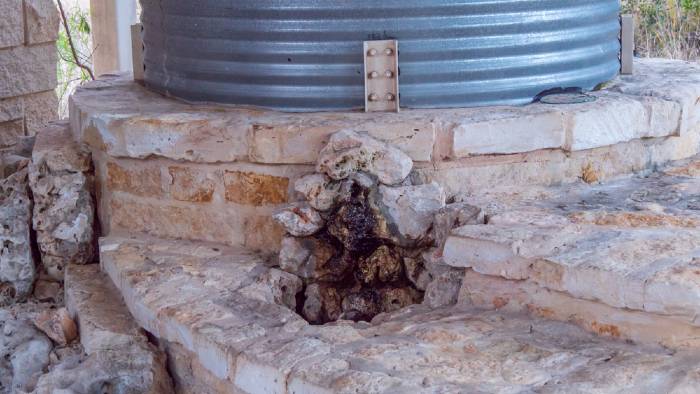How To Store Drinking Water Long Term Survival

Make sure to like Living Green and Frugally on Facebook, Shop at Amazon to help support my site and explore our PINTEREST BOARDS for innovative ways you can become self-sufficient.
Ensuring a reliable supply of drinking water is crucial for long-term survival in emergency situations. Different time periods of water storage require varying methods to ensure the water remains safe and potable. This guide will cover essential information and strategies for storing drinking water for periods ranging from one week to several months or longer.
Short-Term Storage (1 Week)
1. Use Clean Containers
For short-term storage, clean and food-grade containers such as plastic or glass bottles are ideal. Make sure to thoroughly clean these containers before use with soap and water, followed by a rinse with a bleach solution (1 teaspoon of unscented household bleach per quart of water).
2. Commercially Bottled Water
Store commercially bottled water in a cool, dark place. This water is pre-treated and sealed for long shelf life. It’s the simplest and most reliable method for short-term emergencies.
3. Tap Water Storage
Fill clean containers with tap water. Most municipal tap water is already treated, but for extra precaution, add two drops of liquid household bleach (unscented) per quart of water and let it sit for 30 minutes before sealing the containers.
Storage Tips
- Store water in a cool, dark place.
- Label containers with the date of storage.
- Rotate stored water every 6 months to ensure freshness.

Mid-Term Storage (1 Month)
1. Water Storage Tanks
Consider using larger water storage tanks made of food-grade plastic. These can hold anywhere from 5 to 55 gallons of water. Ensure the tanks are thoroughly cleaned before filling.
2. Water Preservers
Add water preservers to stored water. These preservatives can keep water safe for up to 5 years, making them ideal for mid-term storage. Follow the manufacturer’s instructions for the correct dosage.
3. Storage Location
Store tanks in a cool, dark, and dry place to prevent the growth of algae and bacteria. Avoid direct sunlight and temperature fluctuations.
Monitoring and Rotation
- Check water quality monthly.
- Rotate stored water every 6 to 12 months, even with preservatives.

Long-Term Storage (Several Months to Years)
1. Large-Scale Containers
Use large, durable, food-grade containers such as water barrels (30 to 55 gallons) or even larger cisterns. Ensure they are kept in optimal conditions to prevent contamination.
2. Proper Treatment
- Treat water with a proper amount of bleach or other long-term water preservatives.
- Alternatively, use water filters designed to remove bacteria, viruses, and other contaminants when retrieving water from these large storage units.
3. Emergency Water Sources
Identify and prepare for alternative water sources such as rainwater collection systems or wells. Ensure these sources can be treated and made potable using filtration and purification methods.
Storage and Maintenance
- Store in a stable, temperature-controlled environment away from direct sunlight.
- Regularly inspect the containers for signs of leaks or contamination.
- Keep spare water purification tablets and filters as backups.
General Tips for Water Storage
Water Calculation
Estimate the amount of water you need: typically, one gallon per person per day for drinking and sanitation.
Containers
Use BPA-free, food-grade plastic or glass containers. Avoid containers that previously held non-food substances.
Purification Methods
- Boiling: Boil water for at least 1 minute to kill pathogens.
- Chemical Treatment: Use unscented household bleach (8 drops per gallon of water) or water purification tablets.
- Filtration Systems: Invest in high-quality water filters capable of removing bacteria, viruses, and chemical contaminants.
Regular Checks
Regularly check stored water for any signs of contamination. Rotate and replace water every 6 months to 1 year, even if preservatives are used.
Emergency Tips
- Keep portable water filtration systems on hand.
- Have a plan for collecting and purifying water from natural sources.
- Educate all household members on water conservation and purification techniques.
Conclusion
Storing water for long-term survival requires careful planning, proper containers, and regular maintenance to ensure a safe and reliable water supply. By following these guidelines, you can be better prepared to face emergencies with confidence, knowing that your water needs are well taken care of. Remember, water is the cornerstone of survival, so prioritize its storage and safety.